Honoring Can Gio mangrove cuisine
The seminar aims to honor the indigenous culinary resources of Can Gio mangrove forest - the first World Biosphere Reserve in Vietnam recognized by UNESCO, known as the "green lung" of Ho Chi Minh City.
At the same time, introduce culinary specialties and inspire exploration of indigenous cultural stories associated with the ecological and historical significance of a unique land in Saigon, through the perspective of culinary artisans and tourism workers in Can Gio.
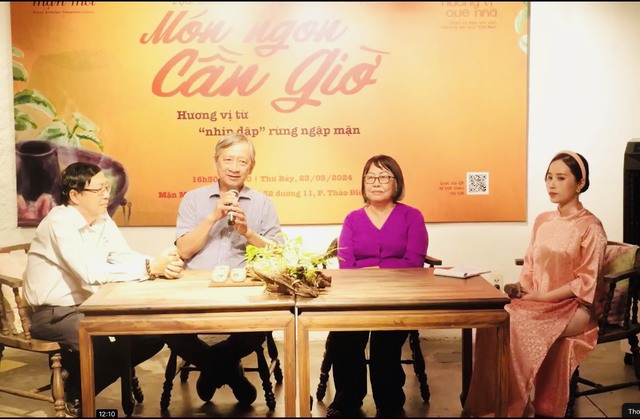
Talk show "Can Gio Delicious Dishes" with the participation of culinary experts.
In addition, participants can explore typical plant materials from mangrove forests (kim leaves, buoi leaves...) to the saltwater duck of Vam Sat, Can Gio Lep So fish and enjoy delicious dishes of the Sac Forest people such as Kim Leaf Salad with Dried Lep So Fish, Can Gio Grilled Duck, Buoi Leaf Ba Khia Hotpot...
At the Seminar, diners and food lovers have the opportunity to discover little-known cultural stories about culinary specialties of the mangrove forest land of Can Gio with artisans and culinary experts.
Not everyone knows that after the war, Can Gio was severely devastated. To have Can Gio today, Can Gio mangrove forest was replanted starting in 1978, after being transferred to Ho Chi Minh City from Dong Nai. Up to now, being both a forest and bordering the sea, an intermediary between aquatic ecosystems and terrestrial ecosystems, freshwater and saltwater ecosystems, Can Gio mangrove forest has important ecological significance. The vast forest of Can Gio is a green shield protecting the coast from erosion and preventing natural disasters, regulating the weather for the entire Ho Chi Minh City and neighboring areas. This place is also a space for fishing and aquaculture, sheltering and providing livelihoods for local communities.
Can Gio mangrove forest is currently a potential tourist destination to explore nature, culture, and history, but it is also facing many challenges regarding issues that threaten the local ecology. And events such as the "Can Gio Delicacies" talk show are a way to honor the values of nature and indigenous culture, inspiring more conservation and exploration of local lands rich in identity.
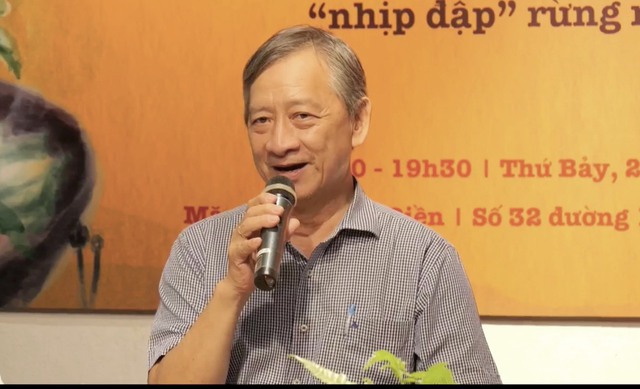
Culinary expert Chiem Thanh Long.
Need to put into tourism service
According to culinary expert Chiem Thanh Long, Can Gio mangrove forest possesses a unique ecosystem that grows naturally with little human intervention. The flow of the river network here is cyclical and is considered the "heartbeat" pumping lifeblood to this land. In particular, there are ingredients that change flavor according to the tide cycle, the season or even the time of day. This identity is reflected in the use of ingredients and the flavor of Can Gio cuisine. Therefore, Can Gio is a land where cuisine has unique, delicious and attractive features different from other places in the South.
Chiem Thanh Long expert cited the salad dish made with Kim leaves, a Can Gio specialty, which has a crispy, slightly juicy, slightly salty texture, but the sour and astringent taste will change depending on the season and the time of day of harvest. The Lep So fish is cleaned, dried, then fried, mixed with Kim leaves and sweet and sour fish sauce. This simply prepared dish clearly shows the rustic flavor of the Rung Sac people's meals.

Lep So Fish Salad with Kim La
Or like Ba Khia La Buoi hotpot. Ba Khia is a typical product of the mangrove forest area. In addition to making fish sauce, Ba Khia meat is also used to make hotpot with fatty, fragrant and sweet Ba Khia rieu. In particular, in Can Gio, Ba Khia hotpot is served with Buoi leaves which have a rich flavor, rich in medicinal properties, the more thoroughly they are cooked, the more delicious they are. Buoi leaves are also jokingly called "army vegetables" because during the war, Buoi leaves were associated with the meals of the Rung Sac special forces, and were later processed by local people into a variety of delicious dishes in their daily meals... The delicious and flavorful Ba Khia La Buoi hotpot is a specialty of Can Gio people after a long day of rowing on the rivers and canals.
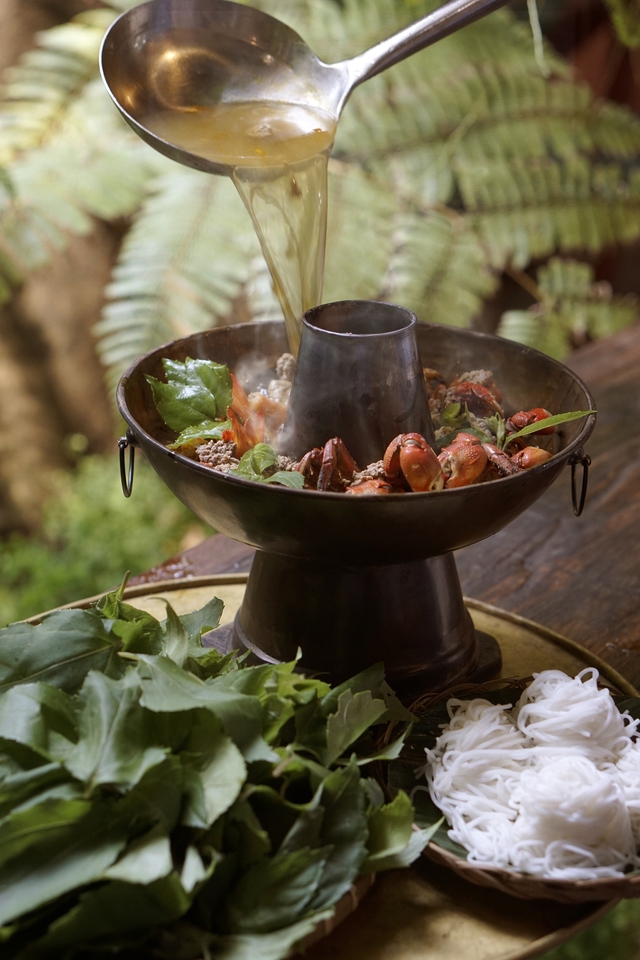
Hot pot with three-sided crab and betel leaves
In addition, Can Gio grilled duck is made from the famous black-feathered sea duck breed of Can Gio, also known as Vam Sat saltwater duck. Can Gio sea ducks are raised naturally along the beach, foraging with the tide and only eating seafood, so their meat is firm, sweet, and low in fat. When grilled, the skin turns a honey-brown color, crispy and served with Man Moi's own dipping sauce with the scent of pepper and lemongrass.
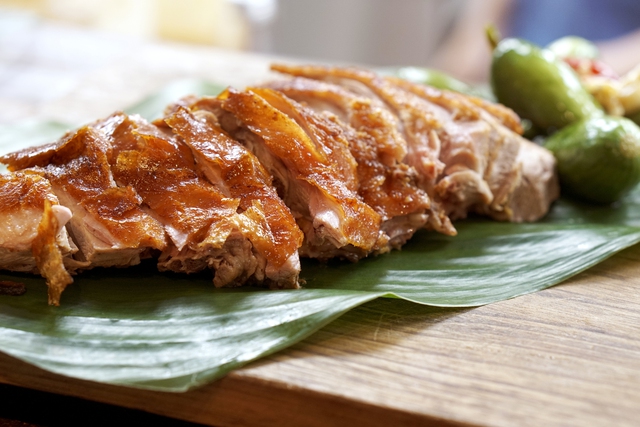
Can Gio Grilled Duck
"Can Gio's culinary culture is so attractive, delicious, and unique, yet little known. Therefore, to bring Can Gio's delicious dishes closer to diners, it is necessary to bring Can Gio's mangrove forest cuisine into tourism. Because only then will Can Gio's delicious dishes be known, people will have a source of income, and diners will be able to enjoy delicious food...", expert Chiem Thanh Long shared.
Source


![[Photo] Prime Minister Pham Minh Chinh and Prime Minister of the Kingdom of Thailand Paetongtarn Shinawatra attend the Vietnam-Thailand Business Forum 2025](https://vphoto.vietnam.vn/thumb/1200x675/vietnam/resource/IMAGE/2025/5/16/1cdfce54d25c48a68ae6fb9204f2171a)









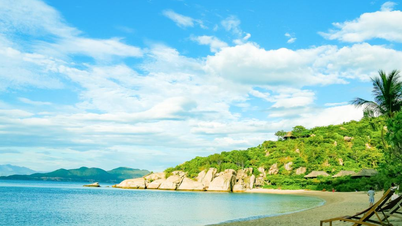

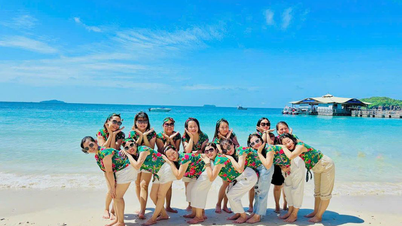
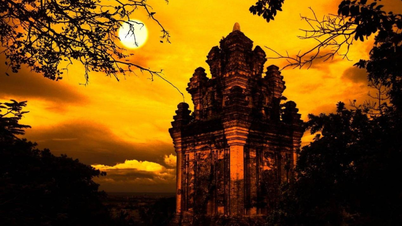





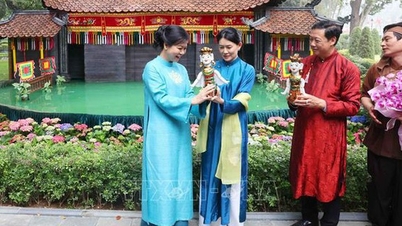
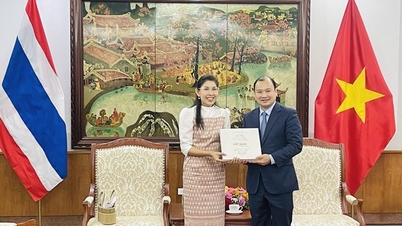
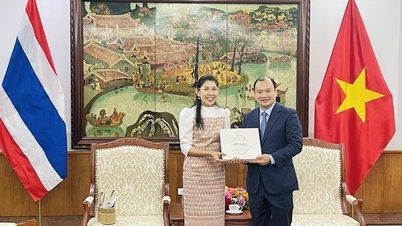

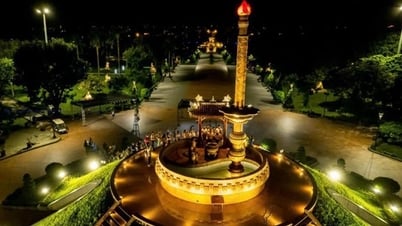
![[Photo] President Luong Cuong receives Prime Minister of the Kingdom of Thailand Paetongtarn Shinawatra](https://vphoto.vietnam.vn/thumb/1200x675/vietnam/resource/IMAGE/2025/5/16/52c73b27198a4e12bd6a903d1c218846)












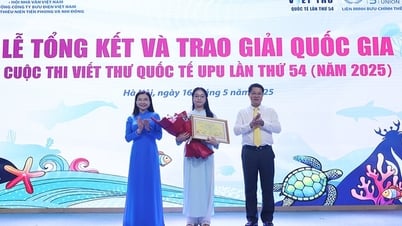





























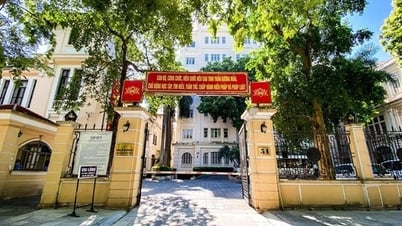







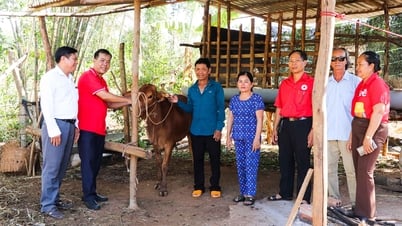

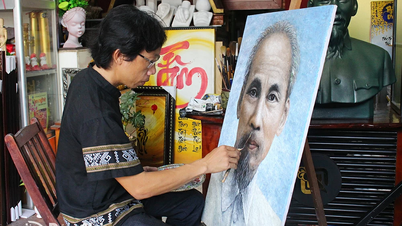

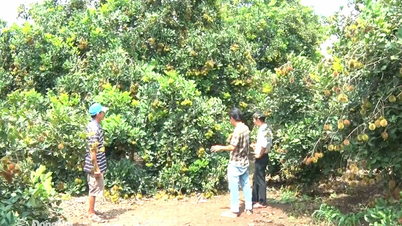












Comment (0)